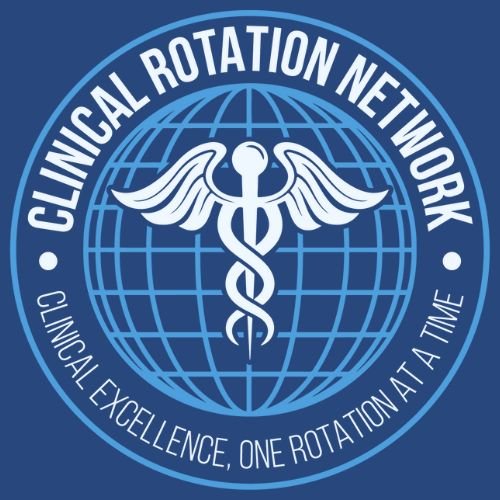The Importance of Hands-On Experience in Clinical Rotations
Imagine a medical student’s first day in a hospital: the scent of antiseptic, the hum of monitors, and the palpable tension of life-saving decisions. This is where classroom theory meets the heartbeat of healthcare. Clinical rotations are a rite of passage for medical, nursing, and allied health students, offering an irreplaceable bridge between academic learning and real-world practice. In this post, we explore why hands-on experience during these rotations is pivotal in molding skilled, empathetic, and resilient healthcare providers.
1. Bridging the Gap Between Theory and Practice
While textbooks and lectures lay the groundwork, clinical rotations transform abstract concepts into tangible skills. For instance, understanding the pathophysiology of diabetes is one thing; managing a patient’s hypoglycemic episode in a busy ER is another. Hands-on practice helps students navigate the unpredictability of human biology, reinforcing classroom knowledge through real-life application.
2. Developing Essential Clinical Skills
From suturing wounds to administering IV medications, clinical rotations allow students to hone procedural competencies under supervision. A study in Academic Medicine found that students with extensive hands-on experience performed 30% better in residency skill assessments. These rotations also foster mastery of technologies like EHR systems, preparing students for modern healthcare demands.
3. Enhancing Communication and Patient Interaction
Interacting with diverse patients teaches empathy and cultural sensitivity. A nursing student might learn to calm an anxious child before a vaccination, while a medical student practices breaking difficult news. These encounters build the soft skills critical for patient trust and compliance, which simulations alone cannot replicate.
4. Cultivating Critical Thinking and Decision-Making
Clinical settings challenge students to prioritize care in dynamic environments. For example, diagnosing a patient with overlapping symptoms of heart failure and COPD requires synthesizing data, physical exams, and lab results. Mentorship from seasoned clinicians during these moments sharpens diagnostic acumen and ethical judgment.
5. Learning Teamwork and Professional Roles
Healthcare is a team sport. Rotations expose students to interdisciplinary collaboration—working alongside nurses, pharmacists, and social workers. Understanding each role’s nuances fosters respect and improves future teamwork. As Dr. Lisa Moreno, an ER physician, notes, “Rotations teach you to function as a cog in a well-oiled machine, vital for patient outcomes.”
6. Gaining Exposure to Various Medical Specialties
Rotations offer a lens into specialties, from surgery to psychiatry. A student undecided between pediatrics and oncology might find clarity after witnessing a child’s recovery or a cancer patient’s resilience. This exploration is crucial for informed career choices, aligning passion with profession.
7. Building Confidence and Professional Identity
Repeated hands-on experiences build self-assurance. A midwifery student delivering their first baby or a paramedic managing a trauma call gains confidence through practice. This growth is foundational, as a clinician’s poise directly impacts patient reassurance and care quality.
8. Preparing for Real-World Challenges
Healthcare’s unpredictability—emergencies, resource limitations, ethical dilemmas—is best learned through immersion. Students learn resilience by adapting to night shifts, unexpected complications, and diverse patient needs. Such experiences cultivate adaptability, a trait indispensable in crisis situations.
Conclusion
Clinical rotations are more than a curriculum requirement; they are the crucible where future healthcare professionals are forged. By integrating theory with practice, refining skills, and nurturing empathy, these experiences prepare students to navigate the complexities of human health with competence and compassion. As educational institutions strive to enhance clinical training, prioritizing quality rotations ensures the next generation of providers is ready to meet the challenges of an ever-evolving field.








